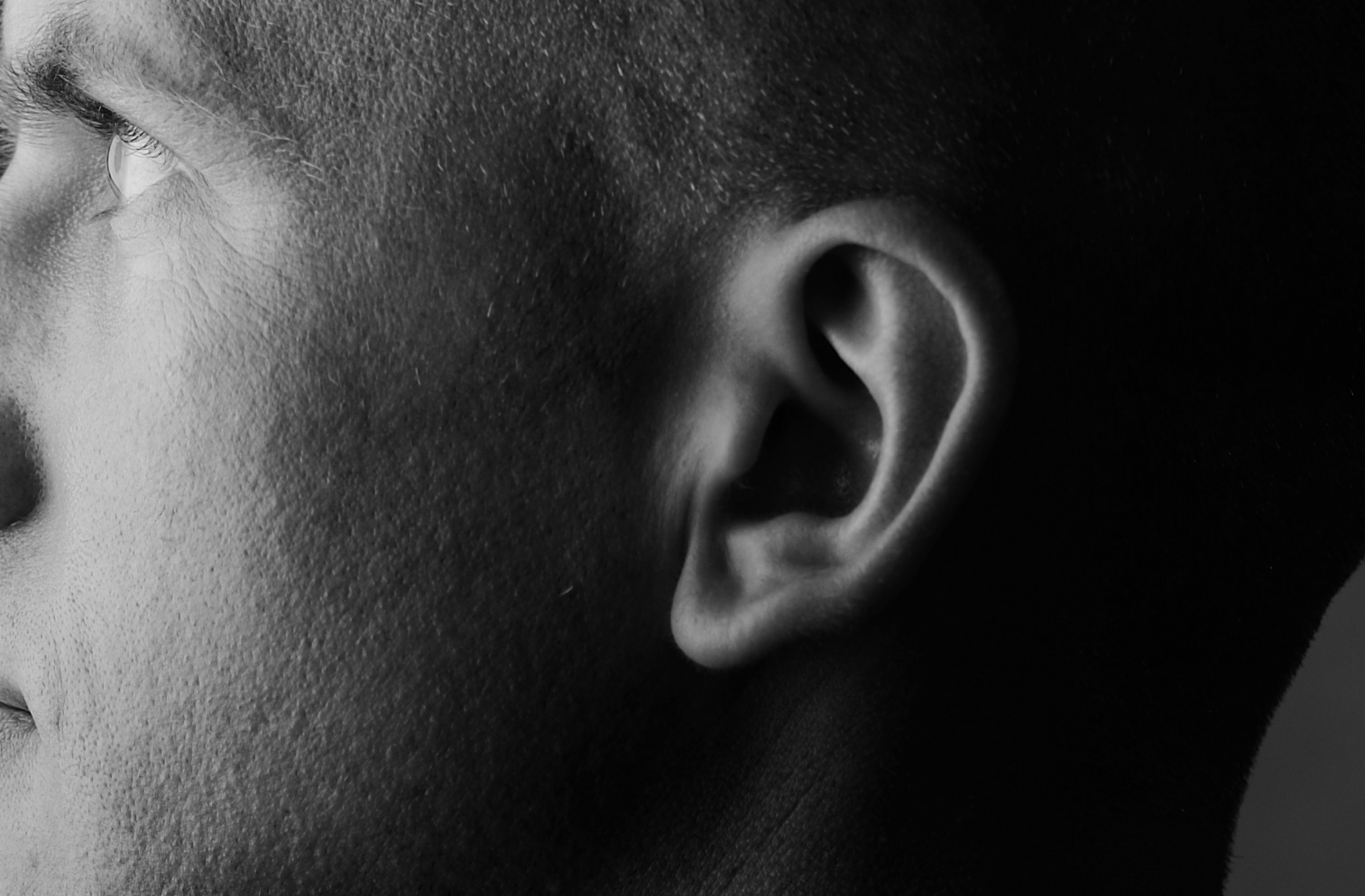Moving from Two-Way Radios (Walkie Talkies) to BlueNote Lights
CASE STUDY
A medium-sized practice with 8 dental operatories had been using radios in the office to communicate with team members for several years. The office needed a way to keep up with sedation monitoring as a priority, and have the ability to immediately summon assistance from anywhere in the office. The walkie talkies were also being used to inform assistants and hygienists of patient arrivals and to help dismiss patients.
Overall, team members found using radios to be effective during more quiet times. However, during busy times the workflow was very ad hoc and tasks were occasionally being forgotten or lost. For example, if someone was needed to take x-rays, only those people not otherwise occupied would even be aware that a task was requested. The most common problem noticed was difficulty carrying on a conversation with a patient and listening to radio chatter at the same time. Because of this, the dentists did not wear walkie-talkies and had to depend on their assistants to relay information. Other complaints had to do with the need to wear earbuds that became uncomfortable as the day progressed. Also, as PPE requirements have increased, the staff had noticed that keeping radio wires in place with gown changes had become a nuisance.
The need arose to evaluate other options, which is when the practice chose to start a trial of BlueNote Communicator Lights. Since the team had been using radios for a considerable amount of time, their protocols for communication on their radios had been gradually created as a series of quick verbal chirps that all users were expected to vocalize and understand. As well, each user had to mentally keep track of all tasks, and then verbalize acknowledgments in a way that informed all other listeners that a task had been claimed.
We were able to sit down with one team member in the office and create an outline of all of their needed tasks on a single grid within the software program. Each task was created to have an accompanying sound, so that their acquisition of notifications still allowed team members to know what was needed with their ears instead of needing to look at a computer monitor. They were fortunate to already have computers with speakers throughout the office, which made this transition very straightforward, and within two weeks the team had "taken out their ears" and began relying completely on BlueNotes instead of their radios for their notifications. No one expressed the desire to return back to radios.
REFLECTION
One of the biggest concerns offices have when transitioning to computer communications from a more analog system such as phones, radios, or even hovering to wait for a doctor's attention, is that an alert will get missed because the user is not near a computer monitor. Our extensive tone library is a vital component of BlueNote Communicator Lights. Without meaningful tones, most instant messaging systems rely on typed words on a screen.
Unlike radios, though, each tone in BlueNote Lights is accompanied by a timer, showing when that alert was activated, how it relates to other alerts, and even how old it is. This way, each alert becomes a separate event. It's especially helpful that each timer, called a Light, also contains context, which are the words that describe the task. For instance, "Assistant Needed in Room 1" may be the label on the task, but the tone can be different than, say "Assistant Needed in Room 2." While these are two similar tasks, they may have entirely different Lights and accompanying tones.
If a team member is occupied when a Light chimes, the task has a sort of "object permanence" for that person, or for others to know whether or not any timer still needs acknowledgment. This is probably the biggest advantage of BlueNote Lights over radio communication systems. Every unmanaged task in BlueNote Lights can be seen in a dashboard view, which makes it then possible for anyone in the office to know exactly how many tasks are pending. For example, there are two patients that are in their cars, waiting for a text message or phone call, one is standing at the front desk waiting to be seated, two patients are waiting for a doctor's exam, and an assistant has been summoned. All of these tasks can be represented in a single view.
Probably the best thing we can say about BlueNote Lights communications is that they are completely opaque to patients. Instead of overhearing chatter that team members must share by speaking over the radio, patients are impressed that the sounds they hear from BlueNotes when they realize that tones are being used to command the office in an indirect manner. Because BlueNote holds onto everything happening in the office in real time, each provider is able to mentally relax, and patients can sense that their needs are not being overshadowed by something else happening in the office. With software, there's no hardware to charge nightly, no earpieces to maintain, and no risk that notifications can be overheard on broadcast channels.
